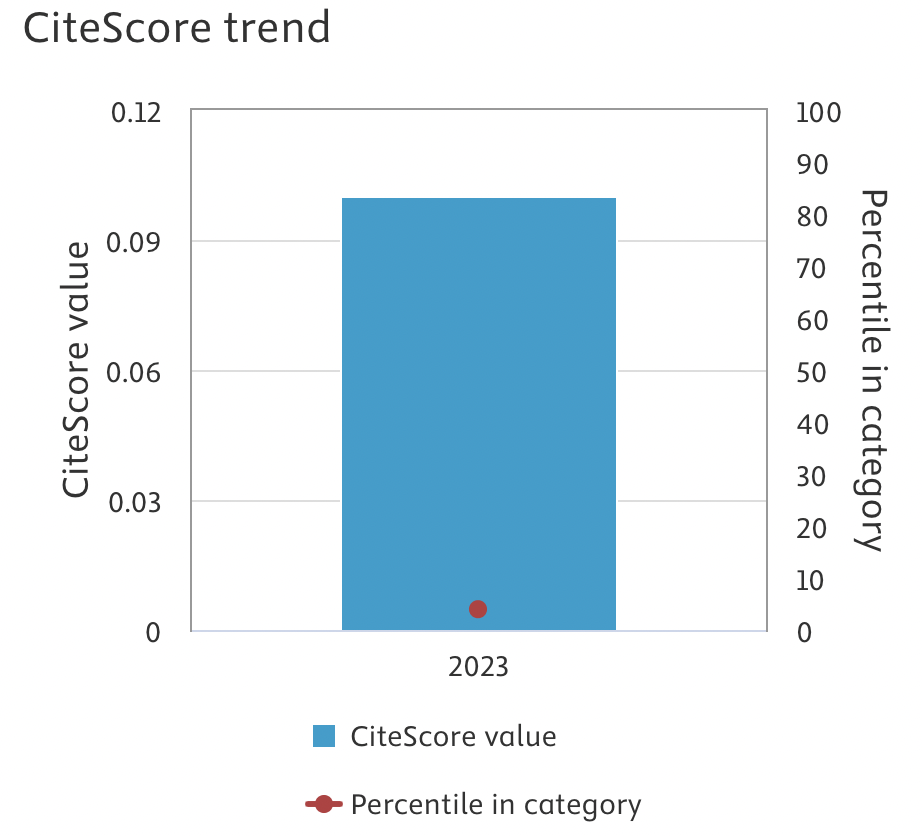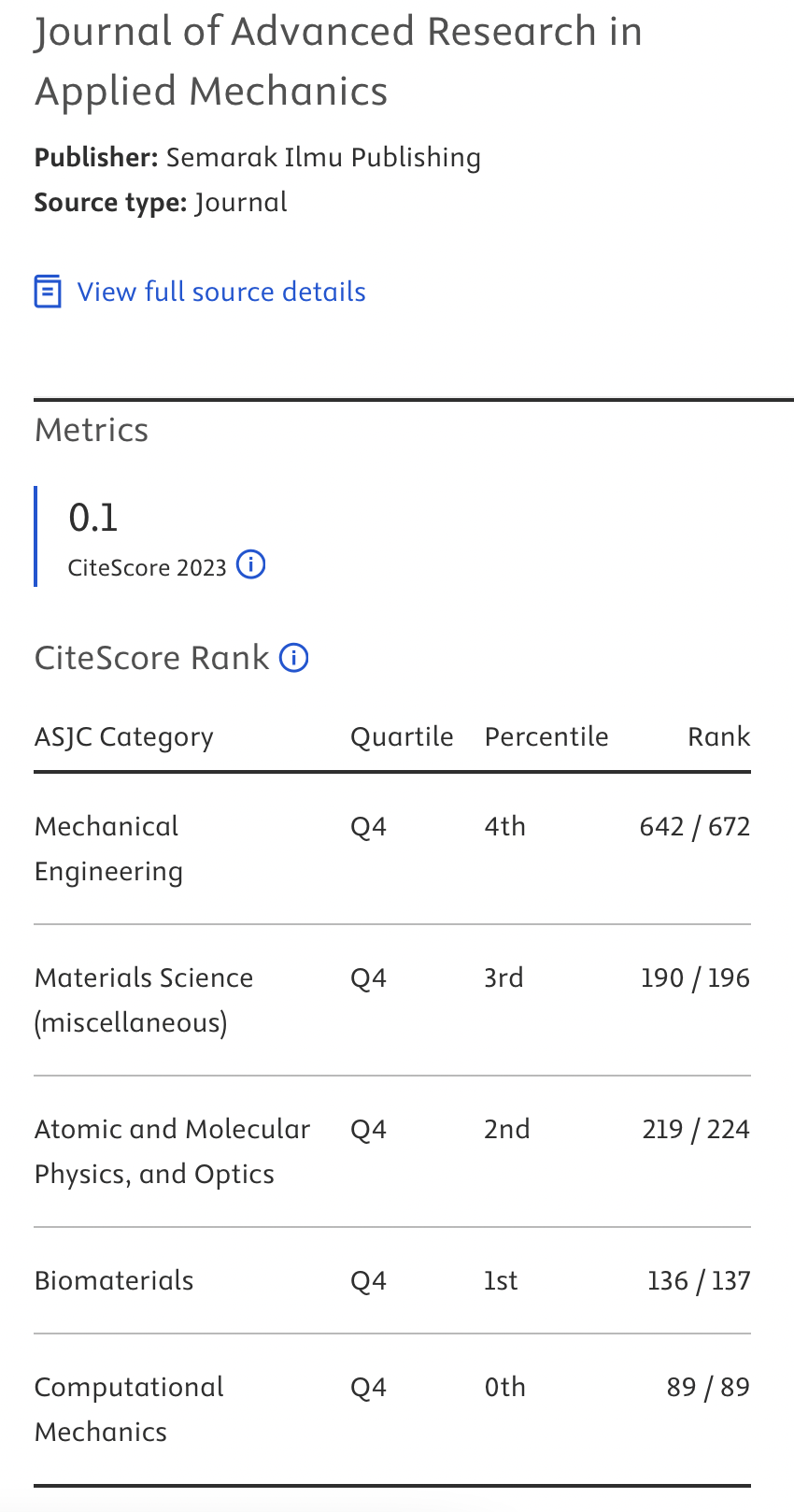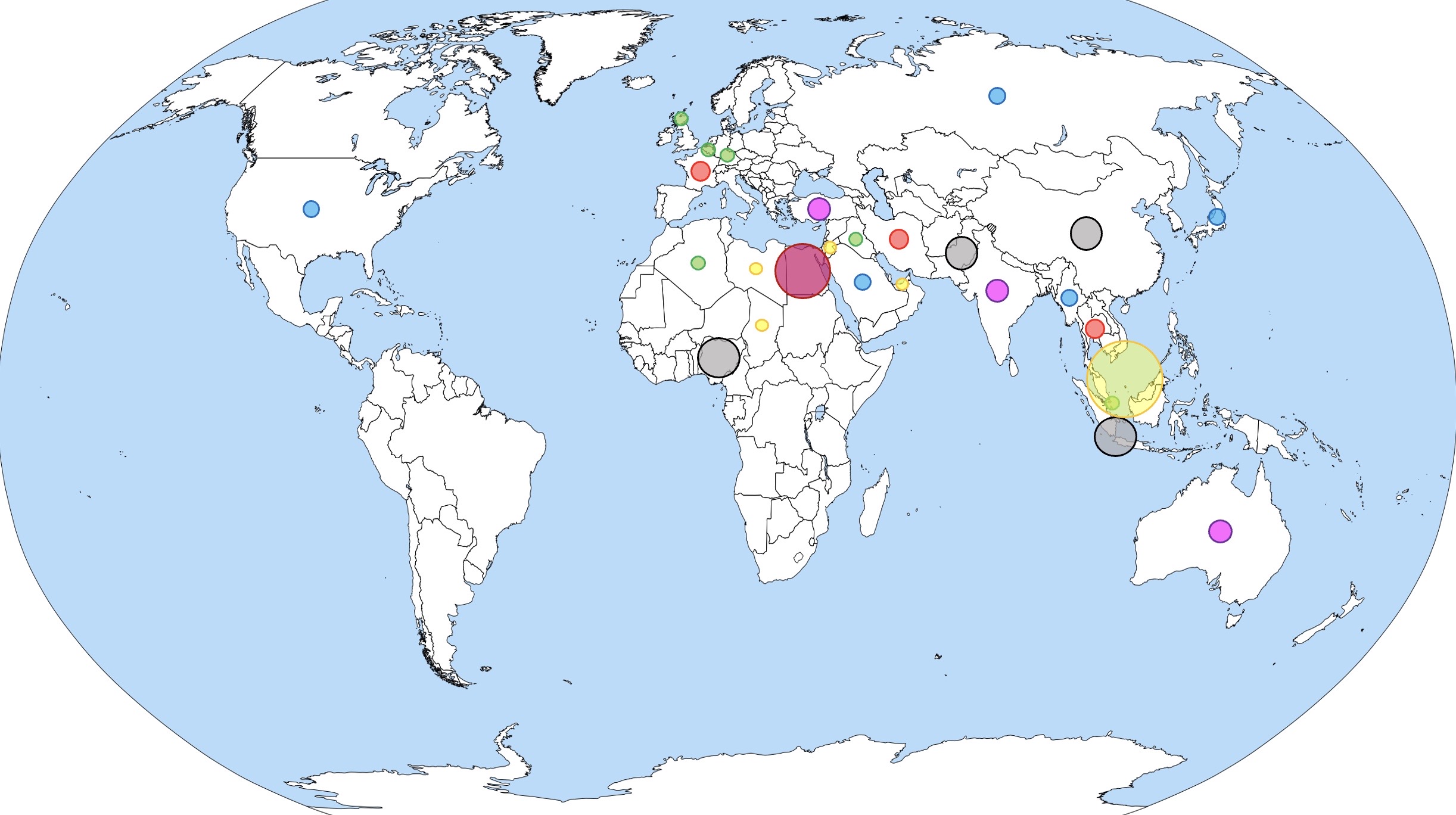Exploiting the Potential of Oil Palm Frond Fibre in Recycled Pulp Blending for Improved Paper Strength and Sustainability
DOI:
https://doi.org/10.37934/aram.130.1.5471Keywords:
Recycled fibres, oil palm frond fibre, economic sustainability, environmental sustainability, pulp and papermakingAbstract
Recycled fibres often exhibit reduced conformability and inter-fibre bonding capability compared to virgin fibres due to hornification. However, the lost potential of recycled pulp can be reclaimed through various methods, including mechanical beating, additive utilization, physical fractionation, and blending. This study focuses on the blending approach, utilizing oil palm frond fibre to enhance the strength of paper made from recycled pulp. Despite the widespread cultivation of oil palm trees in Malaysia, the utilization of oil palm fibre remains limited, often being regarded as waste. Two different chemical pulping methods, namely sodium hydroxide and sodium sulphite, were employed to produce pulp from oil palm frond fibre, with the addition of anthraquinone to enhance pulping yield. Three different weight percentages of fibre loading (25%, 45%, or 65%) were used, with the remaining content supplemented with newspaper pulp. The resulting paper was evaluated for tensile strength, modulus of elasticity, and examined using scanning electron microscopy to observe its morphology. The findings indicate that sulphite-soda anthraquinone treatment yielded superior pulp for paper production, and a 45% weight percentage of fibre loading exhibited the highest tensile strength, yielding the best paper quality. Overall, this study highlights the potential of incorporating oil palm frond fibre into the pulp and papermaking process, contributing to both economic growth and environmental sustainability.
Downloads



























